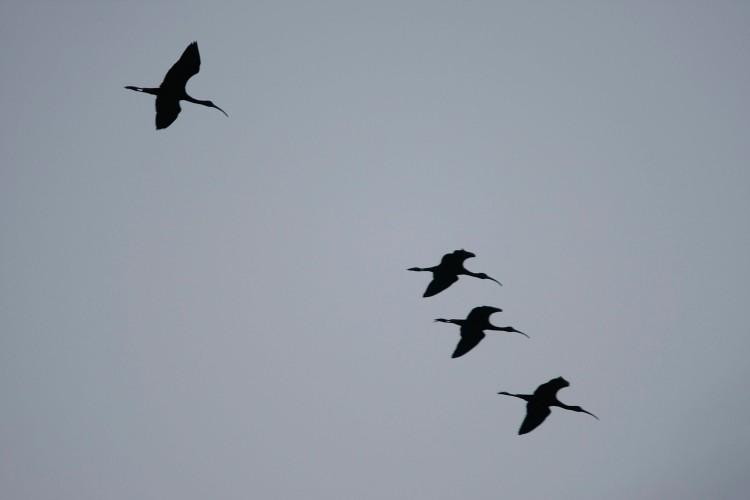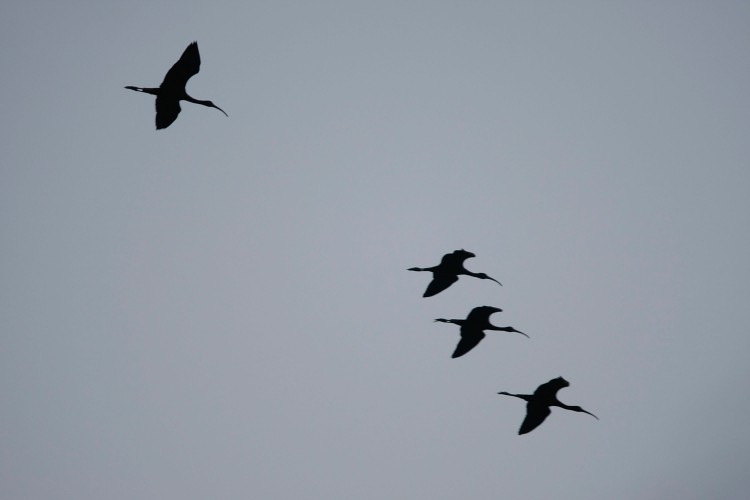Sometimes conservation seems fraught with lugubrious images of oiled ducks and lonesome tortoises, but in 2012, just before the Mayan apocalypse, comes bright news. The Wood Stork is breeding so well that it is ready to come off the endangered species list, according to an announcement from the U.S. Fish and Wildlife Service.
“The best part of my job is to see work pay off,” said Dan Ashe, Director of the FWS. “Sometimes with endangered species the only thing people focus on is challenges. But you can’t deny success. The population of this amazing bird is continuing to improve because of conservation efforts.” He spoke at a telephone press conference on Dec. 18.
Since 1984 the breeding population of Wood Storks has grown steadily. The threshold for it to leave the endangered species list is to have a 5-year average of 10,000 nesting pairs. Over three years, it has averaged 7,000-9,000 nesting pairs, according to Ashe. At least 6,000 pairs must nest each year for the stork to qualify as no longer endangered, and it is solidly above that benchmark.
Aside from the innate value of the animals rebounding, the regulatory value is that landowners with conservation easements can use their land more flexibly. If a threatened species lives on or nests on land, the owner can do more things with that land than if an endangered species lives on it.
“It means where a landowner has easements we can incentivize the program … it gives us more tools,” said Ashe.







